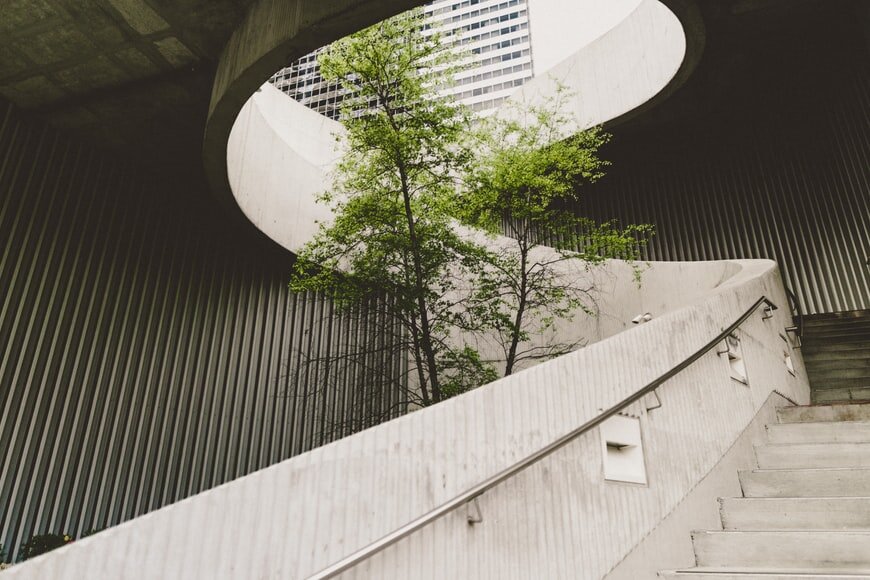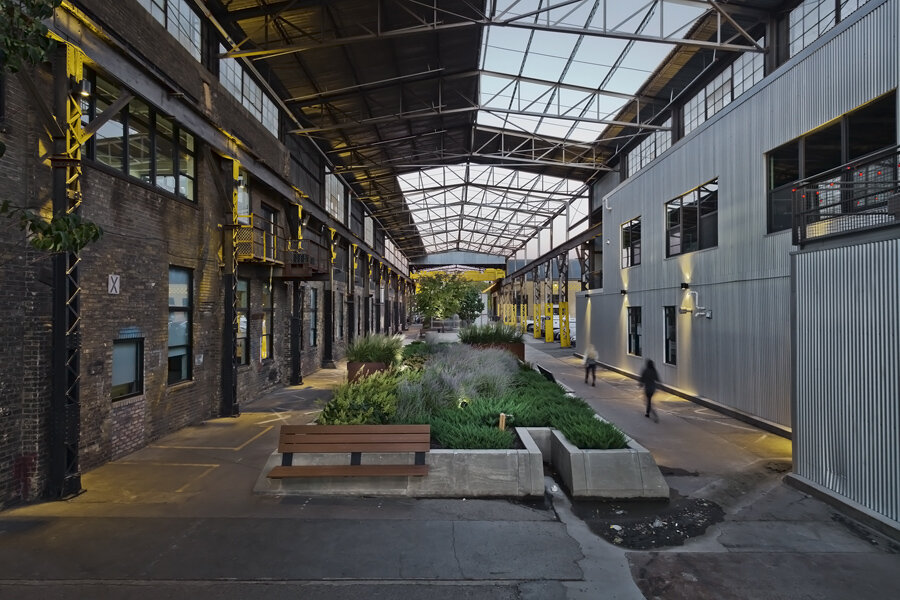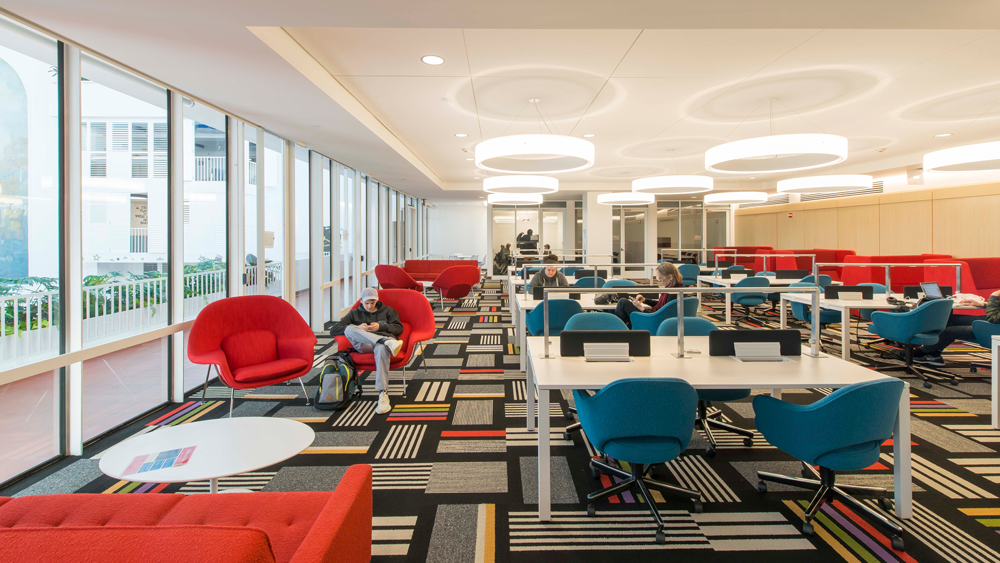
Introduction
In our quest for a greener future, many homeowners and real estate developers are turning their attention to eco-friendly construction. The idea is to leave a smaller carbon footprint while ensuring sustainability. However, despite the noble intentions, there are several eco-friendly construction common mistakes that can occur if you’re not cautious. Addressing these mistakes is crucial for the successful implementation of sustainable projects.
Understanding Eco-friendly Construction
What Makes Construction Eco-friendly?
Eco-friendly construction involves using materials and processes that are environmentally responsible and resource-efficient throughout a building’s life cycle. This approach not only benefits the environment but also reduces operational costs and improves the quality of life for building occupants. For more insights, you can check out this informative article on [Green Building Trends], available here.
Why Go Green?
Adopting sustainable building practices is important not just for environmental preservation, but also for enhancing the health and productivity of the occupants. By minimizing waste and increasing efficiency, eco-friendly construction can bring long-term financial savings and leave a positive legacy for future generations.
Identifying Common Mistakes in Eco-friendly Construction
Ignoring Location and Design
One of the first eco-friendly construction common mistakes is not considering the geographical location and how the design interacts with local conditions. Effective planning should assess solar orientation, wind patterns, and passive solar design to ensure optimal energy usage.
Choosing Inappropriate Materials
Selecting materials without considering their environmental impact is another common error. Always opt for materials with a small carbon footprint, those that are renewable, recycled, or sourced locally. A detailed guide on materials can be found [here] in the Green Building section.
Overlooking Energy Efficiency
An essential aspect of eco-friendly construction is energy efficiency. Failing to integrate energy-saving measures like proper insulation, energy-efficient windows, and renewable energy sources can lead to high operational costs and negate the intended positive environmental impact. Explore more on effective energy strategies on Green Construction Guide.
Insufficient Waste Management Plans
Without a comprehensive waste management plan, construction projects can accumulate a lot of waste, which contradicts the principles of sustainability. Proper waste management includes recycling building materials and reducing non-recyclable waste.
The Importance of Professional Guidance
Engaging Experienced Professionals
To avoid these eco-friendly construction common mistakes, employing professionals skilled in sustainable building practices is crucial. They bring expertise and insights that ensure your project aligns with both your sustainability goals and regulatory compliance.
Collaboration with Sustainability Consultants
Collaborating with sustainability consultants can provide additional value to a project. These experts assess the project’s lifecycle impacts and suggest innovations and improvements.
Role of Technology in Eco-friendly Construction
Innovative Construction Practices
Technology plays a significant role in enhancing eco-friendly building practices. From energy-efficient design software to smart monitoring systems, innovations help in achieving sustainability goals efficiently.
The Promise of Renewable Energy
Incorporating solar panels, wind turbines, and other forms of renewable energy can significantly reduce a building’s carbon footprint. Understanding how to integrate these technologies correctly is key to their effective use.
Conclusion
Addressing these eco-friendly construction common mistakes can ensure your project not only meets its sustainability goals but also delivers economically and socially. Vigilance in planning, design, material selection, and professional consultancy forms the backbone of a truly successful sustainable building endeavor.

FAQ
What is eco-friendly construction?
Eco-friendly construction is the practice of using environmentally responsible and resource-efficient processes and materials throughout a building’s life cycle.
Why invest in sustainable building?
Investing in sustainable building practices reduces environmental impact, operational costs, and enhances occupants’ quality of life.
How can I avoid common mistakes in eco-friendly construction?
Engage experienced professionals, plan thoroughly, choose the right materials, and incorporate energy-efficient technologies to avoid common mistakes.
This article contains affiliate links. We may earn a commission at no extra cost to you.



